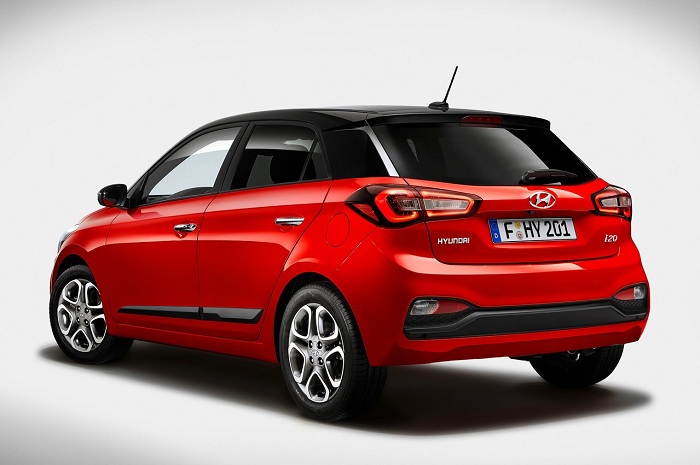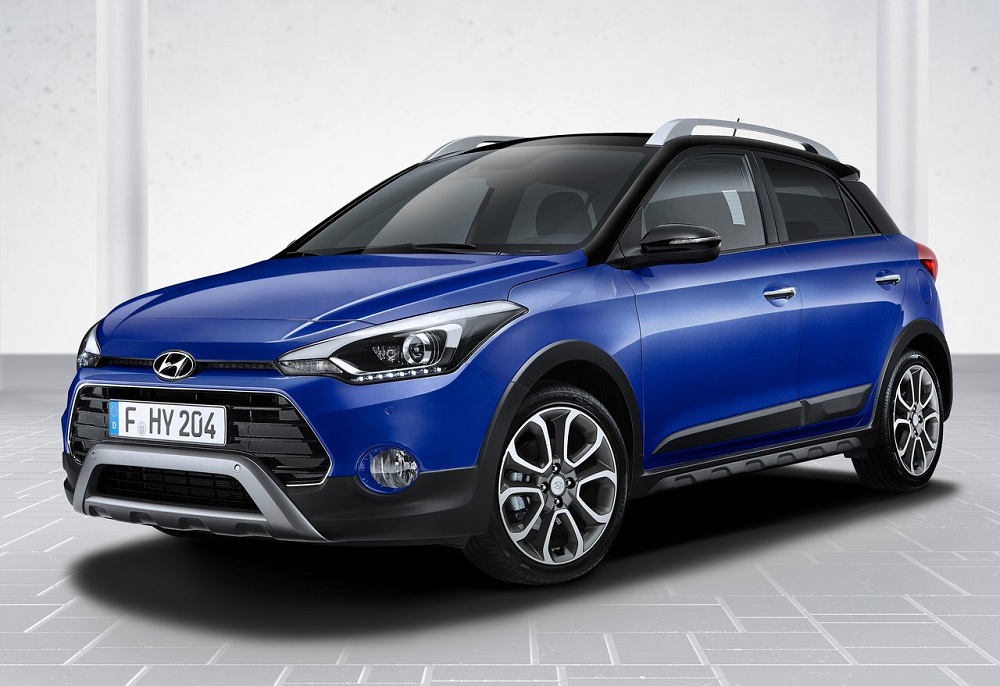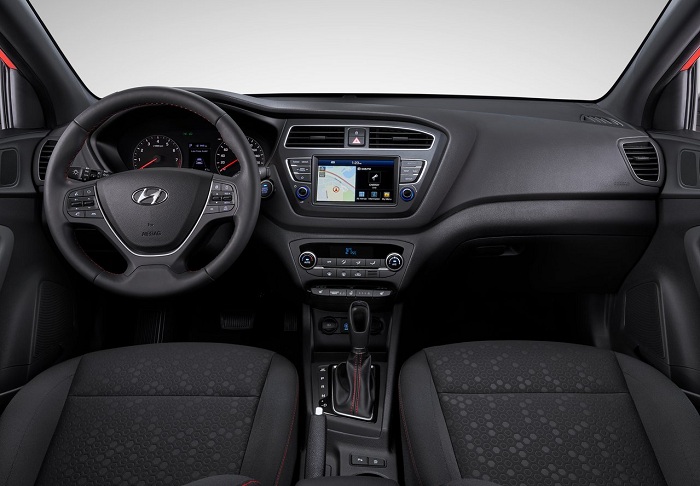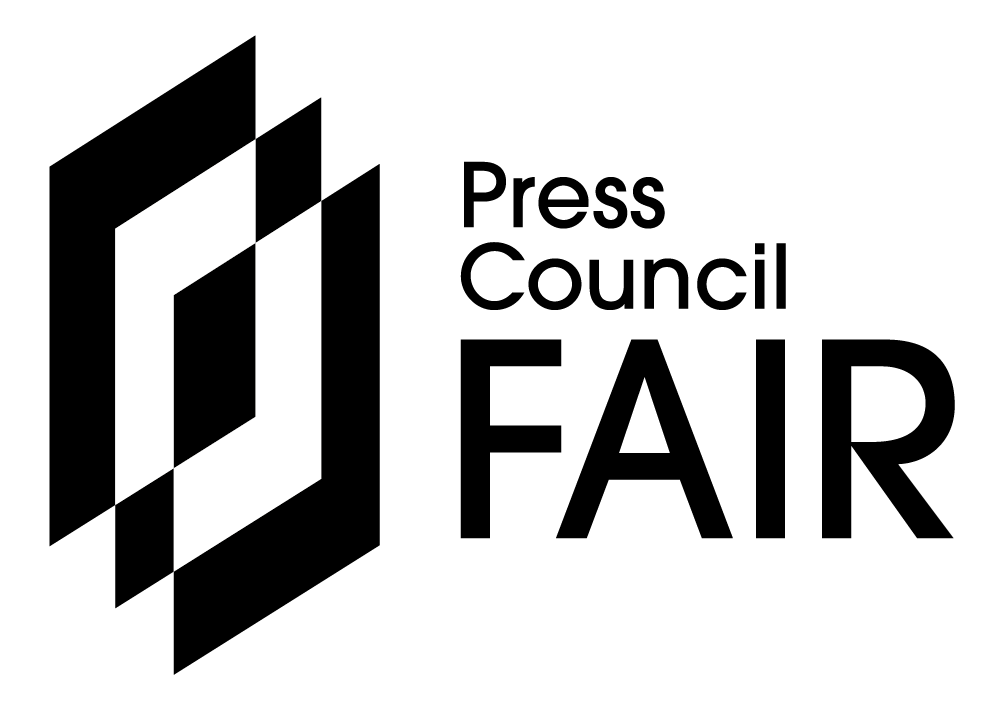Aesthetically, the i20 benefits from redesigned front and rear bumpers, new taillights, Hyundai’s newest Cascading grille design, restyled rear licence plate cavity, new tailgate, 15 or 16-inch alloy wheels, optional panoramic sunroof, a two-tone colour option with the roof finished in Phantom Black and three new body colours; Clean Slate, Tomato Red and Champion Blue.

A new addition to the range is the crossover-inspired i20 Active set to rival the Ford Fiesta, which additionally comes equipped with black cladding on the bumpers and around the wheel arches, silver roof rails, a satin silver front skidplate extending to underneath the number plate, door sill moulds, Active badging on the tailgate and a silver rear skidplate.

While the interior design has remained unchanged, Hyundai has upped the level of standard equipment with S and SE models receiving a seven-inch touchscreen Display Audio infotainment system with Apple CarPlay and Android Auto, which is further bolstered by the inclusion of satellite navigation on Premium Nav and Premium SE Nav variants. A new USB port rounds off the tech features.
More substantial though is the array of new driver assistance systems under Hyundai’s SmartSense umbrella, made up of Autonomous Emergency Braking, Lane Departure Warning, Driver Attention Alert, Lane Keeping Assist and High Beam Assist. All these are offered on SE models and up.

Underneath the bonnet, the i20 remains mostly unchanged with the entry-level 1.2-litre Kappa engine developing either 55 kW or 62 kW, and the turbocharged 1.0-litre T-GDI three-cylinder 74 kW or 88 kW. A five-speed manual gearbox is standard on the 1.2 and on the smallest turbo mill, with a six-speed standard on the 88 kW unit, which can optionally be paired to a seven-speed dual-clutch.
Pricing and model spec for South Africa has yet to be finalised.
















